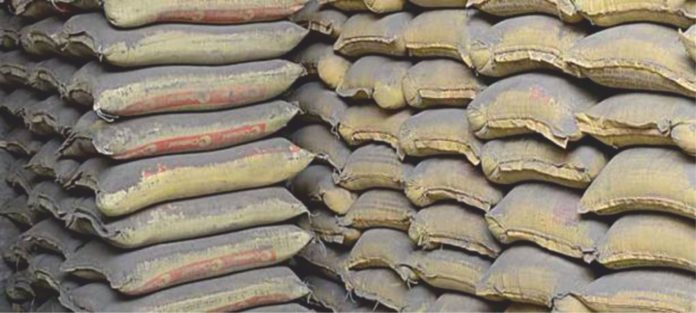Continuing its efforts towards sustainable development goals, the country’s cement industry is keen to reduce its carbon footprint by 45 per cent by the year 2050. Adopting best environmental paradigms, new and clean technologies and adhering to stricter environmental standards, the sector is seeking to transform itself and brace itself for new challenges. Mahendra Singhi, President, Cement Manufacturers Association and MD and CEO, Dalmia Cement (Bharat) Limited, said that under its Corporate Social Responsibility (CSR) initiatives, the Indian cement industry has adopted more than 700 villages to improve education, healthcare, sanitation, water supply and green cover; created green belts around cement plants through forestry, financed 25 colleges and established 225 primary and secondary schools. Speaking at the 15th Green Cementech 2019 summit, an annual conference for the cement industry organised by the Confederation of Indian Industry (CII) in partnership with the Cement Manufacturers Association (CMA), he said, “There is a huge perception gap, with many still thinking about the cement sector as unfriendly to the environment, whereas, the reality is that the cement sector is the most energy-efficient sector in the country and the world.” BN Mohapatra, Director General, National Council for Cement and Building Materials, said that the Indian cement industry has committed to reduce its carbon footprint by 45 per cent by 2050 and expressed optimism for the accomplishment of this and related goals. Philip Mathew, Chairman, Green Cementech 2019 and Chief Manufacturing Officer, ACC Limited, said that concrete is the second most-used compound material in the world, next only to water. Cement is increasingly seen as unsustainable and harmful to the environment, making the industry provide green solutions. Mathew said, “More than 1 million tonnes of coal has been conserved over the years by sustainable cement production practices in the Indian cement industry. Conservation of non-renewable sources of energy is the only way forward.” KN Rao, Co-Chairman, Green Cementech 2019, and Director (Energy & Environment), ACC Limited, said “Cement is subjected to the highest GST slab and this is a major impediment to growth. India has captive power plants with about 55 GW capacity, 60 per cent of which is coal-based, and therefore, there is a huge potential for promoting clean and renewable energy technologies the captive power plants.” During the day, two publications, ‘Cement Formulae Handbook (Ver 3.0)’ and ‘Energy Benchmarking for Indian Cement Industry (Ver 4.0) were released. For their efforts, JK Lakshmi Cement and Orient Cement were awarded GreenPro (Green Product) certification and ACC Bargargh Cement Works was awarded GreenCo (Green Company) Rating.




















